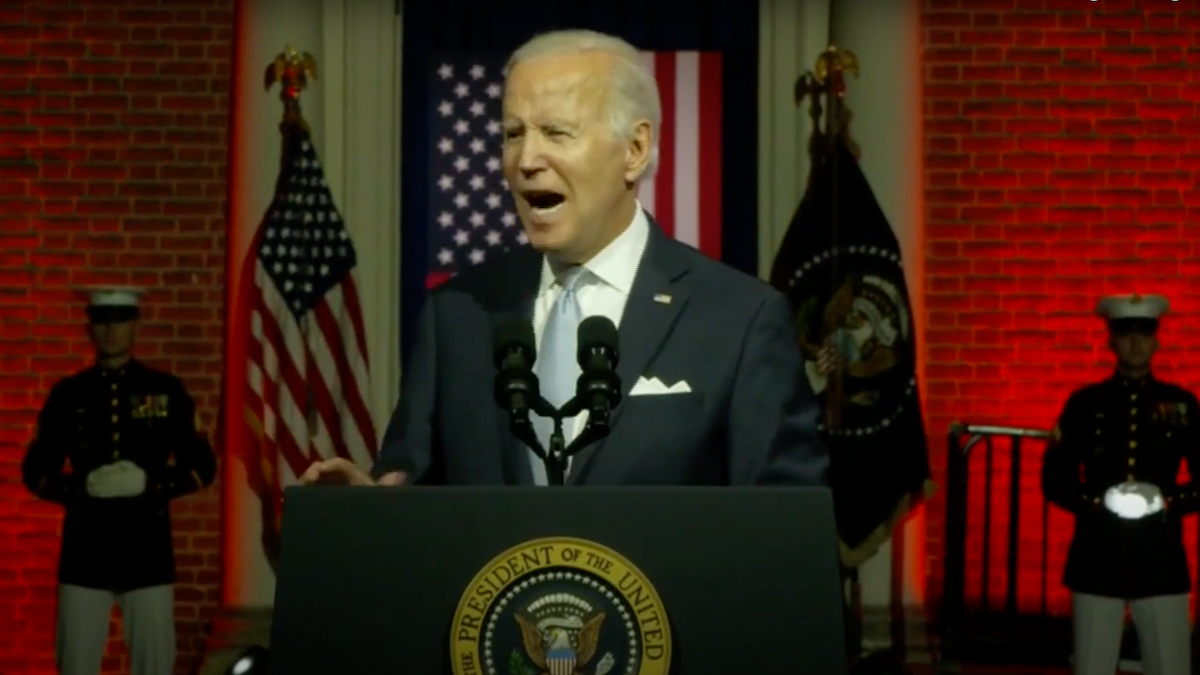
A propensity for outrage and offence is usually associated with the most fanatical proponents of intersectional progressive ideology. Glancing over the last few years of public outrage, it’s fair to say this association has been earned. Some of the most amusing pictures to come out of the 2016 election cycle were of President Trump’s most die-hard critics screaming at the sky as the president-elect uttered the final words, “So help me God.”
Although these often superfluous, theatrical, and overindulgent displays have been the source of much ridicule, outrage and offence are not intrinsically bad intuitions. On the contrary, it seems that when properly applied they are useful instincts. Anti-social behavior, be it racism, sexism, or bigotry, should be condemned, and social alienation, when deployed correctly, is both an appropriate and effective penalty against such behavior.
There is in principle nothing wrong with a corrective mechanism powered by social disapproval. Rather, we have presently allowed this valuable and important societal check to be overrun by an attitude that places disapproval as commensurate to virtue.
A short trip through the last two years yields a number of now-infamous products of this attitude. In April 2017 Bret Weinstein, then professor of biology at Evergreen State College, a small liberal arts school in Washington, faced backlash after he refused to comply with a mandatory “day of absence” in which white students and faculty were to leave campus. Weinstein was set upon by a mob of about 50 students. The group accused him of racism, demanded his resignation, and threatened him with violence.
Seven months later, whilst teaching a first-year communications class Lindsay Shepard, then a graduate student at Wilfrid Laurier University in Ontario, Canada, displayed a video of clinical psychologist Jordan Peterson debating transgender pronouns on Canadian cable TV. For this crime, she was summoned to a meeting with her supervisor and two officials from the college’s Gendered Violence Prevention and Support program. In this meeting, which Shepard astutely recorded, Laurier administrators claimed her actions may have violated the Ontario Human Rights Code and were tantamount to “neutrally playing a speech by Hitler.”
Given these cases, it’s unsurprising there exists some acrimony about the sentences the outrage mechanism tends to deal out, especially from those on the receiving end. Weinstein and Shepard bore the brunt of what is often referred to as “outrage culture.” Given their experiences, it would be easy to make the case that the penalties for wrongdoing have simply become too high.
Yet at face value this proves a deceptively easy fix. It’s worth asking why these cases gained such notoriety. It wasn’t primarily the sheer quantity or character of the anger they generated. It is at least conceivable that such responses might be warranted under extreme circumstances.
Rather, it was how little Weinstein and Shepard had done to summon these reactions. To their detractors, the specific content of their objections was inconsequential, as it was all cut from the same cloth. So, merely for the crime of asking the wrong questions, they were able to unleash the full ire of their progressive inquisitors.
Accordingly, Laurier and Evergreen fiascos demonstrated that at present our moral intuitions are not well calibrated to deal with the challenges of bigotry, whether as racism, sexism, or homophobia. Expansions and contractions in our outrage are no longer commensurate to expansions and contractions in the severity of the acts we seek to condemn.
Social penalties are no longer being adjusted to fit the magnitude of the crime. Our outrage has become too inelastic. Obviously, some bigoted acts are worse than others, and it shouldn’t be controversial to say that when assessing where specific acts lie on this continuum intentions matter. Yet too often in the court of public opinion, such considerations are wholly neglected.
Weinstein has described himself as a “deeply progressive person,” yet his protest against racial segregation could not be afforded a proportionate response. The mob dealt only in absolutes. By dissenting, he was declared ipso facto a racist; racism warranted a harsh penalty, that’s what Weinstein got.
This kind of demagoguery is paralyzing. With the penalty for wrongdoing so consistently high and inelastic, each of us sits merely a couple of nodes away from facing the kind of moral condemnation befitting genuine evil. The fact that Wilfrid Laurier administrators failed to see a moral distinction between the words of Jordan Peterson and of Adolf Hitler is the essence of the problem here. The “one size fits all” strategy makes public conversation an exercise in walking on eggshells and no doubt stifles honest well-meaning people from speaking their minds.
Of course, the sole beneficiaries of such a system are the most fanatical proponents of “social justice.” Drawing such a thin line between the extremes of righteousness and evil places the apolitical in a position with nothing to gain and everything to lose from dissenting from the prevailing narrative. Compliance merely earns the privilege of avoiding the hefty penalty for dissent.
To the degree “social justice” as a cultural phenomenon is a self-perpetuating machine, the inelasticity of public outrage reinforces itself in the long run. Faced with such a choice, the politically neutral are naturally inclined to the safe option. It’s easier to side with the ostensibly virtuous than to dissent and attempt to illuminate the nuance that exists between the extremes. The mob only sees in black and white.
As Weinstein and Shepard discovered, there is little prestige to be gained for not being “racist” yet hell to pay if you step out of line. It is for precisely for this reason that the current iteration of “social justice” proves so damaging to public conversation.
Condemnation and offence can be a useful corrective tool, but the proponents of “social justice” are using it as a blunt weapon. If we truly want more honest public conversations characterized by a fluid exchange of ideas and constrained only by the limits of our own knowledge, we must recalibrate our propensity for indignation and develop a more elastic sense of outrage.









